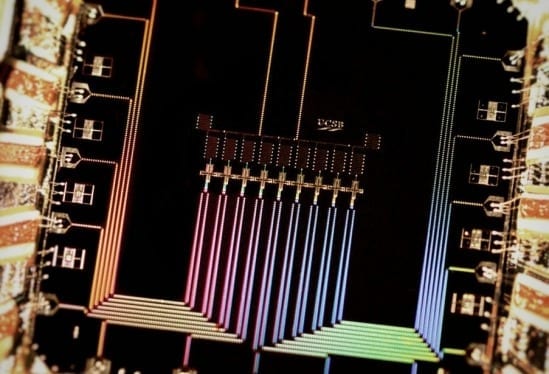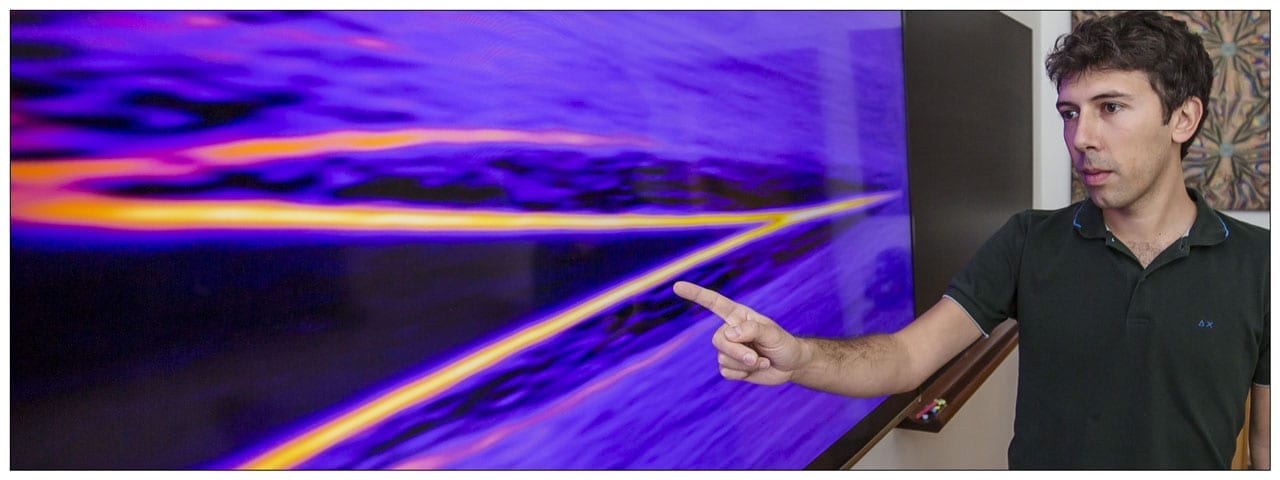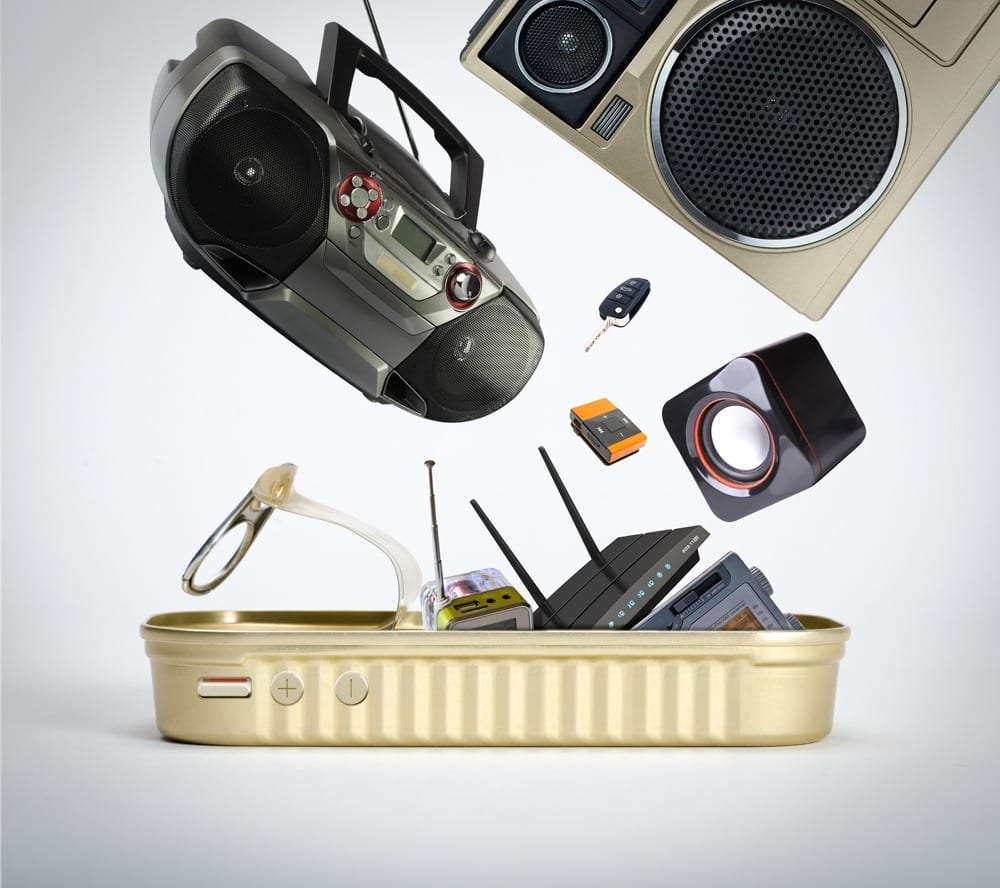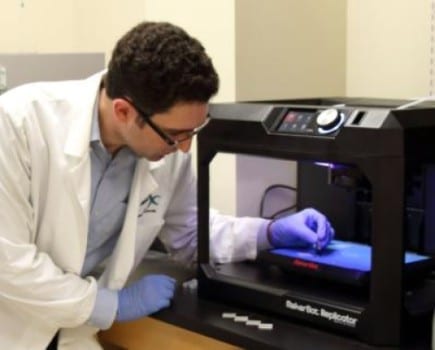
Photo Credit:
Julian Kelly
Researchers develop the first-ever quantum device that detects and corrects its own errors
When scientists develop a full quantum computer, the world of computing will undergo a revolution of sophistication, speed and energy efficiency that will make even our beefiest conventional machines seem like Stone Age clunkers by comparison.
But, before that happens, quantum physicists like the ones in UC Santa Barbara’s physics professor John Martinis’ lab will have to create circuitry that takes advantage of the marvelous computing prowess promised by the quantum bit (“qubit”), while compensating for its high vulnerability to environmentally-induced error.
In what they are calling a major milestone, the researchers in the Martinis Lab have developed quantum circuitry that self-checks for errors and suppresses them, preserving the qubits’ state(s) and imbuing the system with the highly sought-after reliability that will prove foundational for the building of large-scale superconducting quantum computers.
It turns out keeping qubits error-free, or stable enough to reproduce the same result time and time again, is one of the major hurdles scientists on the forefront of quantum computing face.
“One of the biggest challenges in quantum computing is that qubits are inherently faulty,” said Julian Kelly, graduate student researcher and co-lead author of a research paper that was published in the journal Nature. “So if you store some information in them, they’ll forget it.”
Unlike classical computing, in which the computer bits exist on one of two binary (“yes/no”, or “true/false”) positions, qubits can exist at any and all positions simultaneously, in various dimensions. It is this property, called “superpositioning,” that gives quantum computers their phenomenal computational power, but it is also this characteristic which makes qubits prone to “flipping,” especially when in unstable environments, and thus difficult to work with.
“It’s hard to process information if it disappears,” said Kelly.
However, that obstacle may just have been cleared by Kelly, postdoctoral researcher Rami Barends, staff scientist Austin Fowler and others in the Martinis Group.
The error process involves creating a scheme in which several qubits work together to preserve the information, said Kelly. To do this, information is stored across several qubits.
“And the idea is that we build this system of nine qubits, which can then look for errors,” he said. Qubits in the grid are responsible for safeguarding the information contained in their neighbors, he explained, in a repetitive error detection and correction system that can protect the appropriate information and store it longer than any individual qubit can.
“This is the first time a quantum device has been built that is capable of correcting its own errors,” said Fowler. For the kind of complex calculations the researchers envision for an actual quantum computer, something up to a hundred million qubits would be needed, but before that a robust self-check and error prevention system is necessary.
Read more: Researchers develop the first-ever quantum device that detects and corrects its own errors
The Latest on: Quantum computer
[google_news title=”” keyword=”Quantum computer” num_posts=”10″ blurb_length=”0″ show_thumb=”left”]
via Google News
The Latest on: Quantum computer
- The end of the quantum tunnel: Exact instanton transseries for quantum mechanicson April 26, 2024 at 10:46 am
In the quantum world, processes can be separated into two distinct classes. One class, that of the so-called "perturbative" phenomena, is relatively easy to detect, both in an experiment and in a mathematical computation.
- Why Your Company Needs To Assess Its Quantum Computing Vulnerabilities Nowon April 25, 2024 at 7:22 am
Although current knowledge causes most companies to expect that cybersecurity vulnerability and threats from quantum computing will be way out in the future, those expectations are incorrect. Companies need to conduct vulnerability assessments and move to quantum proofing against future issues now.
via Bing News










